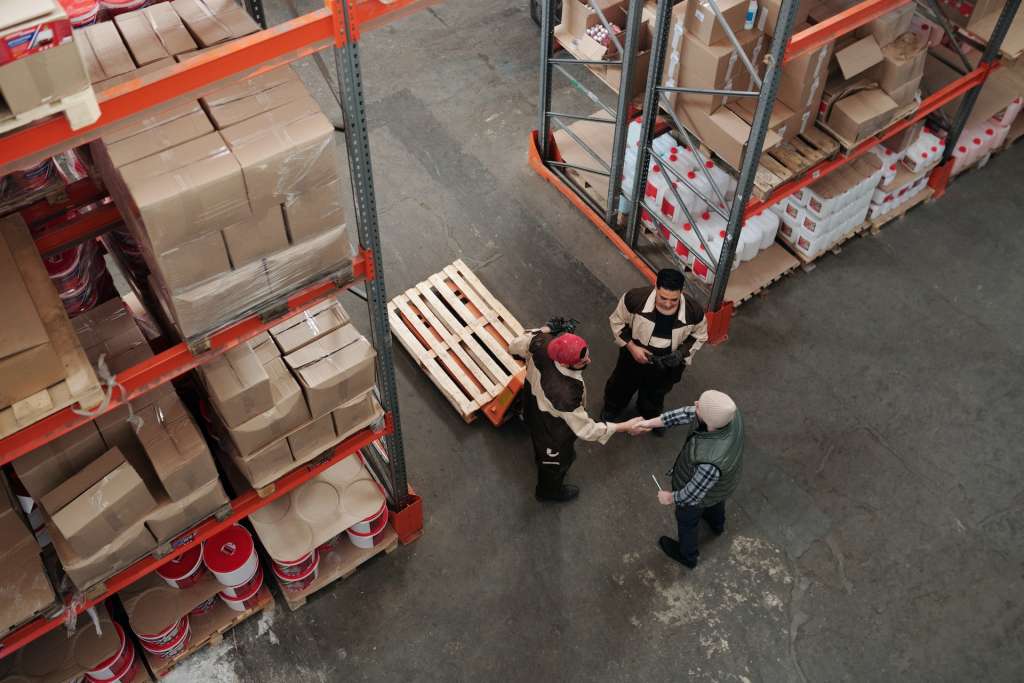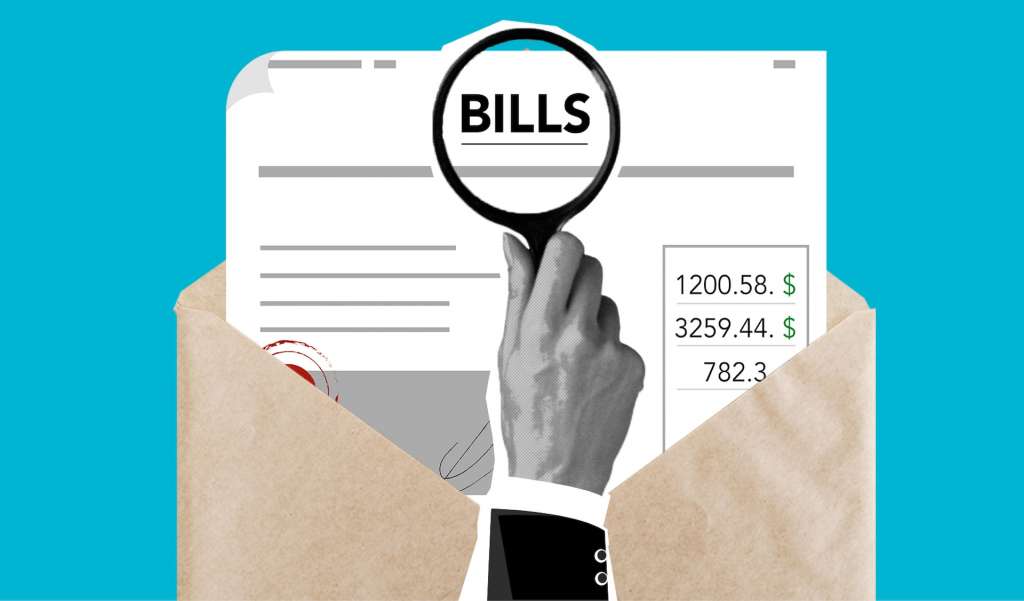Difference Between FOB And CIF In Apparel Industry



If there’s a buying or selling of items with the state, both seller and buyer should be aware of the conditions placed on moving those items to their location. FOB and CIF are popular terms in the apparel industry and are commonly leveraged as the agreement models for international-level shipping.
Both these types of agreement outline and mention the parties responsible for the apparel products. It also discusses when the responsibility shifts from the seller to the purchaser.
Thanks to FOB shipping, the liability and accountability shift from the seller to the buyer whenever the shipment arrives at the facility or port.
By leveraging a CIF agreement, the seller bears the expenses, and they are held accountable until the apparel products reach the port chosen by the buyer. This article highlights the significant difference between FOB and CIF. So, make sure to read till the end.
Key takeaways
- Regarding CIF contracts, the seller undertakes and handles the responsibility for liabilities and expenses until the apparel shipment reaches the destination port. After that, the risk shifts to the purchaser.
- Regarding FOB contracts, the purchaser undertakes and handles the responsibility for the shipping and other expenses, along with the insurance cost, right after the items get packed and loaded onto the cart or containers.
- Compared to CIF agreements, FOBs are more reasonable and cost-effective as the purchasers enjoy enhanced control over insurance and shipping.
Learn all about CIF - Cost, Insurance, and Freight

CIF - Cost, Insurance, and Freight - is widely and typically used for large-sized deliveries shipped through waterways. Here, the seller is responsible for loading the apparel shipment onto the shipping containers and is held accountable for covering the shipping and insurance cost. The seller also proceeds with the requisite inspection and oversees the essential licenses and documentation.
The purchaser on the other hand is responsible and in charge of the apparel items right after it arrives at the destination port. However, it means the purchaser will be liable for additional expenses like customs fees, and they must make payments once the items reach the port. On payment, the transfer paperwork for the items is handed over to the purchaser by the transport carrier.
When purchasing apparel items, CIF is considered to be a costly option. The reason is the seller can leverage a transport carrier of their preference and liking, which may, in turn, charge the purchaser more to boost profit out of the transaction.
If the purchaser only depends on individuals who work for the seller, then communication and interaction can become challenging. Additionally, the purchaser may have to pay extra fees at the destination port, like customs clearance fees and docking fees, before getting the goods’ clearance.
When transporting goods in a CIF contract, the sellers never fail to insure the goods. Consequently, they get payouts whenever a claim is made. It is also true for purchasers who transfer goods in a FOB agreement.
Valuable insights on FOB - Free On Board

Regarding a FOB contract, the purchaser undertakes and handles things until the apparel products get loaded onto the shipping container. It means they make payments for the goods transportation to the destination port. However, the seller doesn’t have much of a role under this agreement.
The apparel items should be shipped under the purchaser’s control right after loading them onto the ship containers. Once the sea voyage starts, the purchaser becomes accountable and liable for the costs, including insurance, transport, and extra fees. The purchaser is also held responsible for unloading the items from the containers.
The FOB shipping agreement is much more flexible than the CIF agreement. The reason is that the purchaser gets to negotiate a reasonable, lower price for the insurance and freight with any consigner of their choice. Moreover, several offshore traders desire to boost and enhance their revenue by purchasing FOB and selling CIF.
FOB vs. CIF: Know the difference!
The most significant difference between FOB and CIF contracts is the point at which the accountability and liability of the apparel items shift from the seller to the purchaser.
Both these agreements have their perks and drawbacks for both buyers and sellers. For example, regarding FOB contracts, liability and accountability shift from the seller to the purchaser right after the shipment arrives at the destination port or another facility.
However, when it comes to the CIF agreement, the seller is held responsible for the liability payments until the apparel products arrive at the destination port chosen by the purchaser. When purchasing goods, CIF turns out to be an expensive choice. The common notion is that purchasers go for CIF, whereas sellers go for FOB.
Here are some significant differences between FOB and CIF. Take a good look to determine what suits your business requirements.
1. FOB vs. CIF: Risk
For FOB shipment, the buyer must cover every risk of loss or damage to the goods. However, regarding the CIF shipping agreement, the seller is responsible for handling all expenses of the damaged, broken, or misplaced items.
2. FOB vs. CIF: Costs
It is usually recommended to go for the FOB contract for goods transportation as the buyer gets control over the shipment process, and the expenses become lesser.
However, when it comes to CIF shipping, the seller is responsible for the delivery expenses and has to look after the shipment through waterways with the assistance of a shipment consignor; the cost elevates and becomes much higher.
3. FOB vs. CIF: Insurance
One of the critical differences between FOB and CIF can be understood in terms of insurance of the goods. Regarding FOB, the seller won’t have to pay for any insurance. However, for CIF contracts, the seller will be obligated to pay for insurance of the goods.
4. FOB vs. CIF: Claim on goods
For FOB agreements, the seller holds no authority or claim over the goods. Also, they don’t get any right of termination in transit. In that case, the delivery enterprise is liable to the buyer. However, in CIF, the seller gains the right over the claim on goods and the right to terminate the transit as they consign the cargo (ship) company.
5. FOB vs. CIF: Shipping
For FOB contract-based transportation, the buyer is responsible for hiring the cargo company or the ship to transfer the goods to the final destination. While in CIF transport, the responsibility of finding and booking the cargo ship goes to the seller.
Final words

The expenses involved in freight and duty vary depending on the country where the apparel items are coming from. Therefore, brands should choose a supplier or factory with proper knowledge of the fees involved. This will help determine the actual expense in the costing sheet.
This is where Fashinza comes to the aid. This B2B fashion technology company focuses on manufacturing and shipping support for apparel and fashion businesses. If your business finds it difficult to decide on a supplier or factory, seek help from Fashinza’s excellent platform.



















